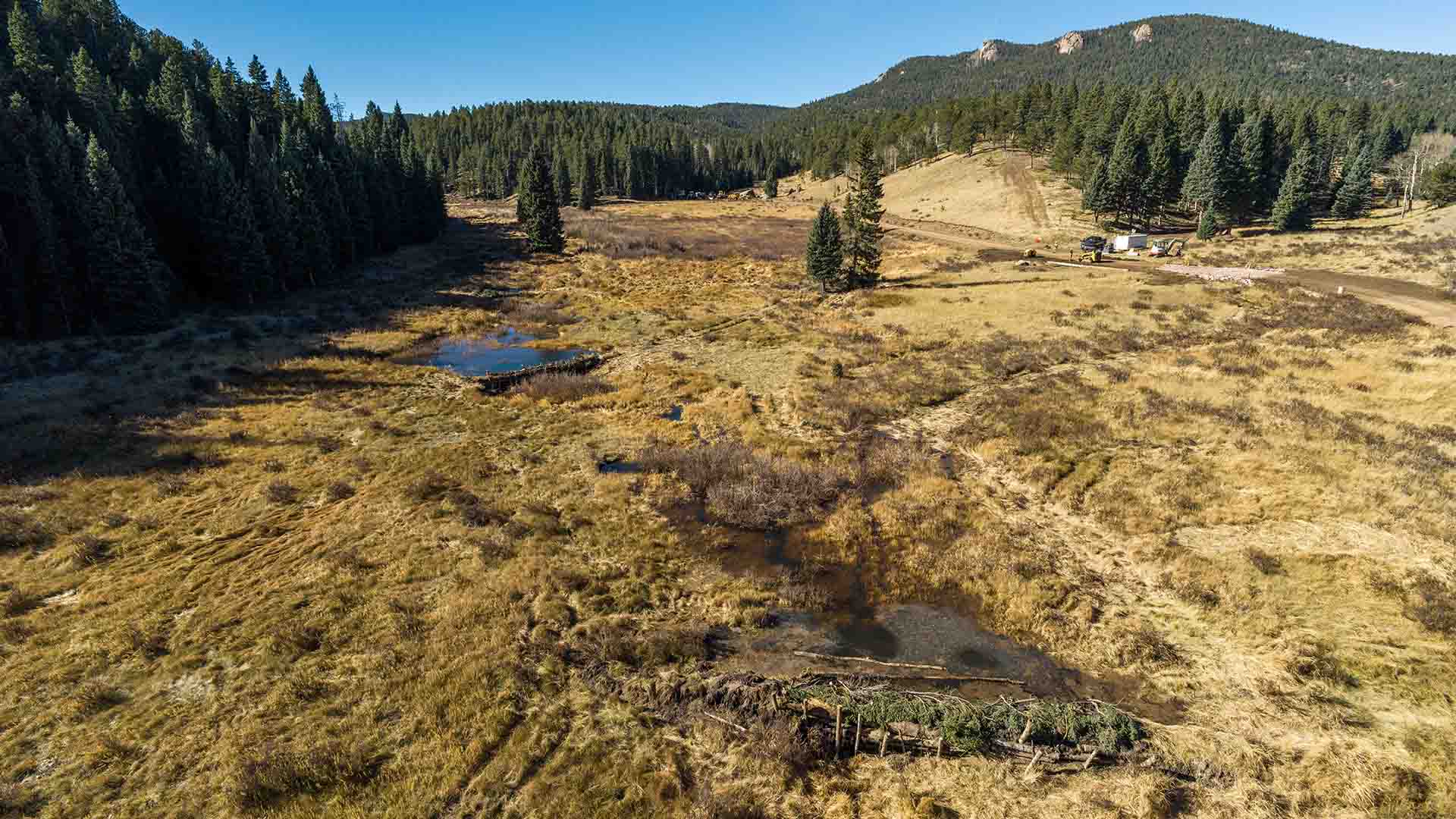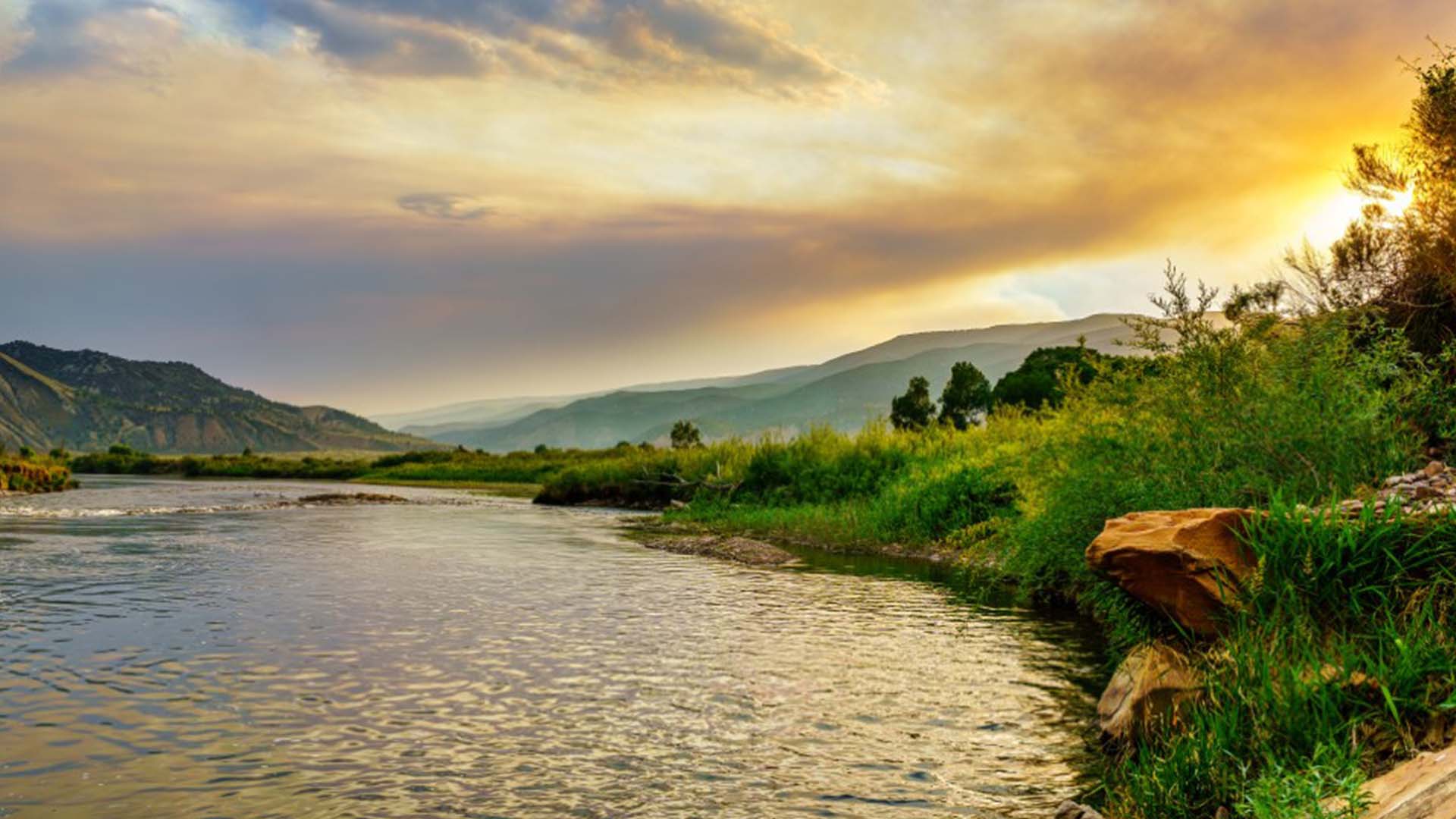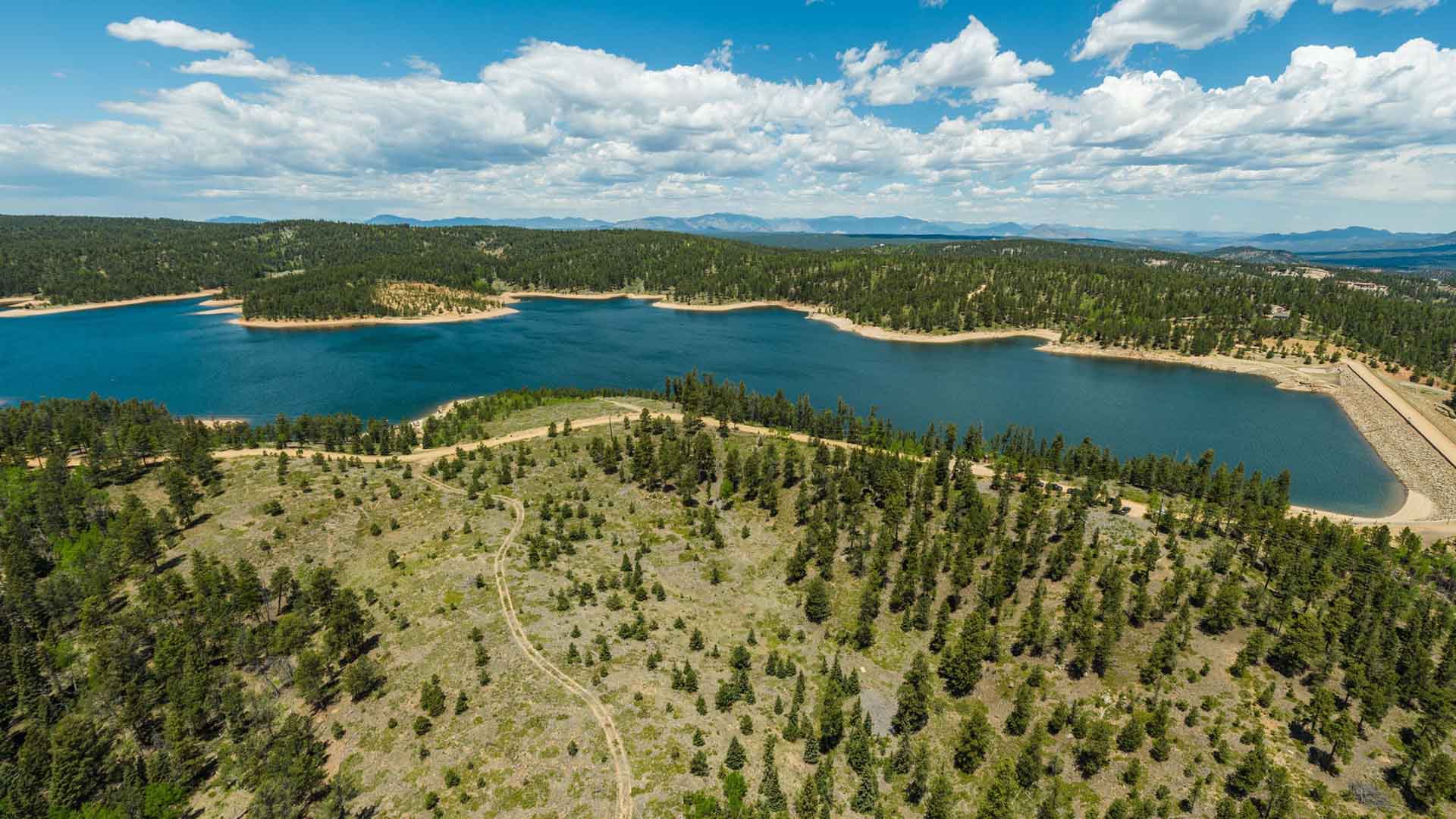
Travas Deal
Duration: 1 minute
Published on May 21, 2025
As Colorado’s population has grown, so has the need to cooperatively manage limited water resources. Cities, farms, recreation, and environmental health are all vital in the Arkansas River Basin. For the basin’s largest city—Colorado Springs—this means implementing a balanced approach to meeting future water demand that optimizes water use, as well as partnerships, to ensure mutual success for water users in the basin.
Why both cities and farms matter in the basin
We're implementing solutions with our farming partners in the Arkansas River Basin to meet part of that future need. These individuals have been instrumental in guiding our water sharing program to its current iteration, finding innovative ways to collaborate to preserve the agricultural economy in the Lower Arkansas Valley.
Agriculture is a valuable contributor to the state economy and to food security. Municipalities also contribute substantially to the state’s gross domestic product (GPD.) While often the target of frustration for the challenges that come with population growth, cities comprise only 7% of statewide water use but serve more than 4.5 million residents, as well as businesses, industry and essential services. Colorado Springs is home to many of these, including five military installations, specialized healthcare and higher education institutions that serve the region, state and nation.
Importantly, Colorado Springs’ location in the Arkansas River Basin distinguishes it from other Front Range cities when it comes to the use of basin water. A sizable portion of the taxes that support the administration of the Fryingpan-Arkansas Project are paid by city residents. Our utility is an integral partner in the basin’s voluntary flow management programs and because we plan for dry years, we can continue the historic practice of providing surplus water to Lower Arkansas Valley farmers in wetter periods. This supply is an important part of the water used throughout the Valley and would be difficult to replace.
We must all use water more efficiently
City residents in Colorado understand that water must be used responsibly. Colorado Springs customers have reduced their per capita consumption by 40% since 2001. Additional water savings are identified in the utility’s long-term plan to help meet projected future demand as well as guard against drought. The plan’s balanced portfolio of programs and projects also includes increased water storage, reuse, and our agricultural water sharing program. It's important to note that we aren't relying on a sole program or project to get us to where we need to be in 50 years. This diversified approach allows us to adjust to changing factors.
As the largest water user in the state, agriculture has been identified by the Colorado Water Conservation Board to help close the state’s projected water supply gap. Both the Colorado Water Plan and Arkansas Basin Implementation Plan identify water sharing as the preferred method for transferring a small percentage of water from agriculture to other uses. Our water sharing program operates within these guidelines.
Most agriculture in the Lower Arkansas Valley still relies on flood irrigation. Our partnerships with farmers includes helping them convert to more efficient center pivot irrigation. We only take delivery of the water associated with the parcel "corners" that are no longer in production. The economics of the farm are preserved, and the remaining water is tied to the farmland in perpetuity.
As all existing water sharing projects are in Bent County, we developed an intergovernmental agreement (IGA) with the county's Board of Commissioners that limits the volume of water we can develop, as well as the amount of dry-up that can occur. The IGA also provides on-going economic mitigation payments to the county. This kind of agreement ensures benefits go directly to the impacted community, versus a regional district.
Water quality also matters
Water quality and the impact of Fountain Creek on the Lower Arkansas Valley are issues that are being addressed collectively. We participate with other cities and agriculture representatives throughout the basin using a science-based approach to identify the causes of water-quality issues. We provided $50 million for Fountain Creek District formation and mitigation efforts that are showing positive results, while funding more than $1 million annually for on-going monitoring. The study also considers agriculture practices that can affect water quality.
The history of water in Colorado provides important lessons about how the management of this essential resource can be adapted to the state’s ever-changing needs. Continued collaboration and meaningful dialogue will produce solutions that allow all communities in the Arkansas Basin to thrive.







